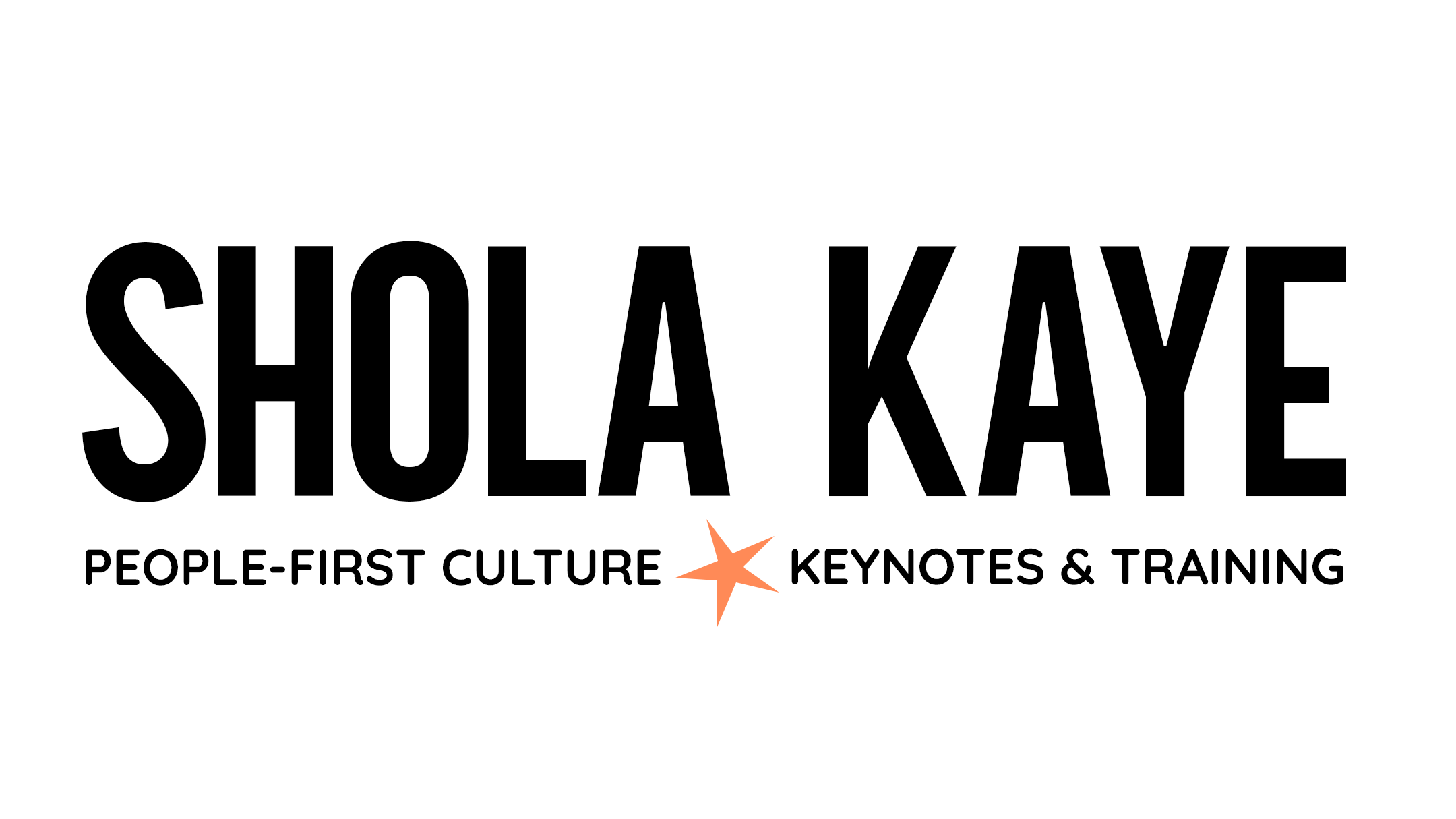Did you ever fluff your Q&A session, coming away from a speech thinking you could have made a better impression?
It’s a good idea to conclude your talk after the Q&A rather than before. Q&A sessions can be difficult to control and it’s better for you to leave the audience with a positive final image of you and your presentation. You don’t want the audience to remember you as the person who became flustered when asked a tough question. Or the one who kept saying “Hmmm, don’t know the answer to that. I’ll try to find out for you”.
That’s why I advocate having your Q&A as the penultimate section of your talk.
Near the beginning, during the Signpost section, tell them:
“There’ll be a ten minute Q&A section near the end of the presentation and then I’ll close it out with a few more words of my own.”
That way the audience knows what’s coming.
Sometimes, people will ask questions during the talk. If you don’t want your flow interrupted, feel free to tell them there’ll be a Q&A at the end. If it doesn’t bother you to stop and start during your presentation, then take questions throughout the duration of the talk.
When I speak to teens and young people, I want them to have a strong sense that it’s a genuinely interactive session and that we’re in this together, so I encourage questions throughout.
With adult audiences, if the talk lasts 45 minutes or longer, I also like to field questions as I go along. It lets me know which parts of my presentation the audience finds particularly engaging and it also feels more spontaneous and energetic. Towards the end, I’ll have a short Q&A session, too.
Do what feels right for you. Taking questions as you go along can be harder to control. On the flip side, it can make for a more lively presentation. If there are too many questions and you’re running out of time, feel free to say, “Sorry guys, I really want to answer all the questions but there’s a certain amount of material I need to get through, and I don’t want you to miss out.”
Another problem that comes up during the Q&A is not knowing the answer to the question. To reduce the risk of this, it’s worth taking time beforehand to anticipate the most likely questions that will pop up. Prepare your answers accordingly.
During the talk, if something arises that stumps you, try not to say, “I’ll find out and come back to you” as it can give you extra work and can be unsatisfying to the listeners. Instead, throw it out to the audience. Ask them “Does anyone here have the answer to that question?”
Sometimes you will find the same person asking questions again and again. This might be helpful if they’re the only responsive person in the audience! If it becomes too much, feel free to say to them “Thanks, I’ve answered a few of yours already and I’d like to include some questions from others in the audience” or whatever’s appropriate.
At the end of the talk, you might encounter people who want to chat to you for ages, monopolising your time. This is a great moment for you to network and make new contacts or business leads. To avoid your time being monopolised and prevent missing out on key opportunities, you can say “I’d love to chat about this further, but I do need to meet the other people waiting right now. Here’s my card. Why don’t you email me and we can take this further?” Chances are they’ll be happy to keep in touch, and now you’ve freed yourself up to speak with the rest of your adoring new fans!
The Q&A session is a chance to show your expertise but it can also present problems and show your weaknesses. Make sure you end strongly and in control by holding your Q&A before the close of your talk.
***

